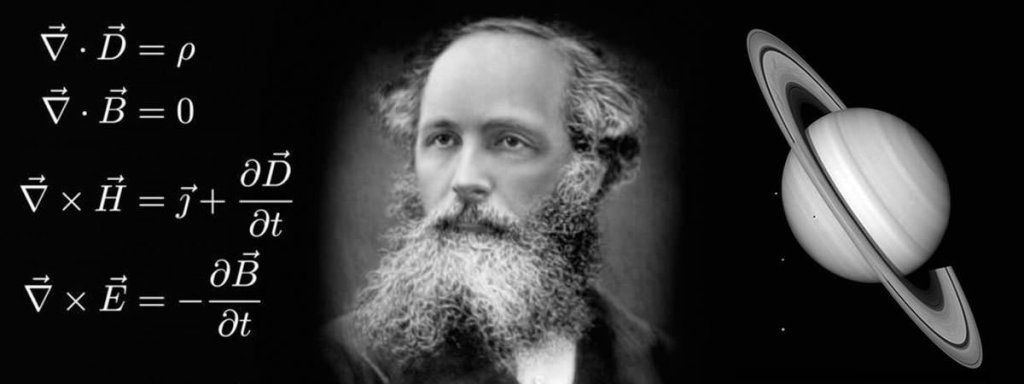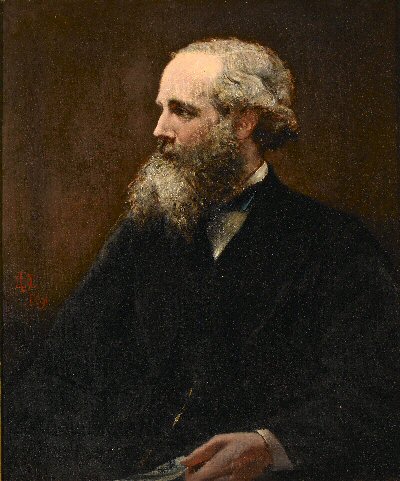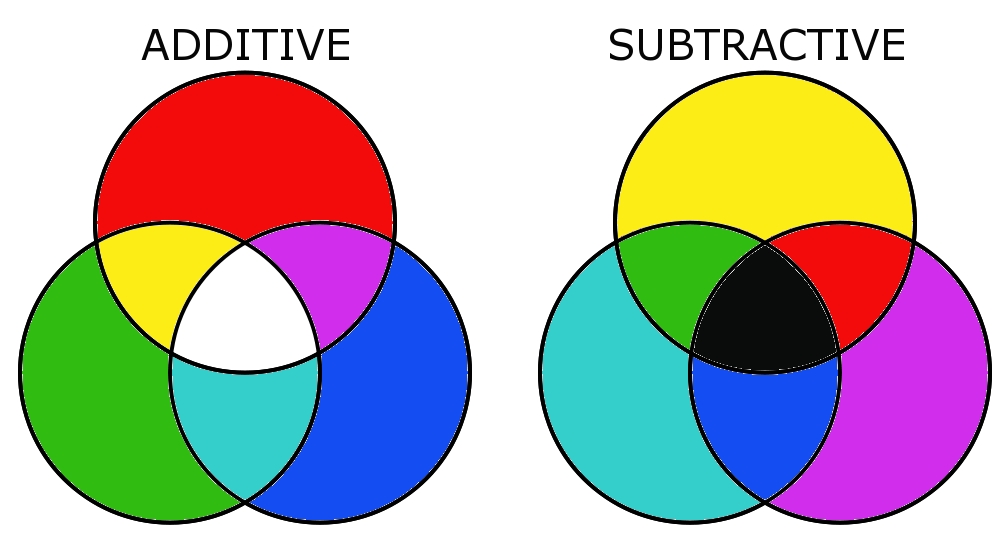
What it is to be a Substance? and What it is to Exist? We need to establish knowledge about the man and the world on a firm basis and the information it provides must be tested for its accuracy and consistency with an external reality. We have to make the fundamental distinction between the living and the non-living matter. The scientific advances of the 19th and 20th centuries reinforced the materialistic position concerning the basic similarity of organic living and inorganic physical matter. The man is viewed as a product of natural evolution and is thought to be subject to the same laws of Physics and Chemistry or mechanistic principles.
We need a methodology to study philosophy and to understand philosophical statements. Logical Positivism, also known as Scientific Empiricism aims to clarify concepts in both everyday and scientific language. It describes analysis of language as the function of philosophy. This analysis of language and of concepts is important to understand questions of belief and ideology which affect what we think we ought to do individually and socially. I would use this method of ‘Applied Philosophy’ to analyze the concept of Spiritual Optics, the Spiritual dimension of biological coloration.
WHAT IS COLOR AND WHAT IS COLORATION?

The term ‘color’ refers to the spectral qualities of emitted or reflected light. The term ‘coloration’ is a dynamic and complex characteristic that has captured human interest and attention for a long time. The human interest to coloration ranges from purely aesthetic to the rigidly pragmatic.
BIOLOGICAL COLORATION:

Biological Coloration refers to the general appearance of an organism as determined by the quality and quantity of light that is reflected or emitted from its surface. This Coloration depends upon several factors:
1. The integrity and deployment of the structural units and features involved in the generation of color,
2. The color and distribution of the organism’s pigments, and the relative location of differently colored areas,
3. The shape, posture, position, and movement of the organism,
4. The quality and quantity of light striking the organism, including the seasonal light and temperature variations,
5. The psychological, behavioral, hormonal, and other physiological conditions associated with the use of color,
6. The visual capacity of the viewer.
The comprehensive understanding of biological coloration demands a study of Physics, Chemistry, Physiology, Biology, Psychology and other subjects. It is equally important to pay tribute to people who have contributed to a better understanding of the principles involved in color production. I am happy to introduce James Clerk Maxwell (1831-1879), Scottish physicist, the first professor of Experimental Physics, Cavendish Laboratory, Cambridge to my readers.
WHOLE DUDE – WHOLE DESIGNER – MAXWELL:

James Clerk Maxwell developed a comprehensive theory of electricity and magnetism. His theory, ‘A Treatise on Electricity and Magnetism’ (1873) concludes that electric and magnetic energy travel in transverse waves that propagate at a speed equal to that of light; light is thus only one type of electromagnetic radiation. Defining fields as a tension in the medium, he stated that energies reside in fields as well as bodies. This pointed the way to the application of electromagnetic radiation for such present day uses as radio, television, radar, microwaves, and thermal imaging. Modern technology rests firmly on the foundations established by Maxwell.
ELECTROMAGNETIC RADIATION SPECTRUM:

Electromagnetic Radiation refers to energy radiated in the form of a wave comprised of an electric field interacting with a magnetic field. Electromagnetic Radiation is the result of the acceleration of a charged particle. It does not require a material medium, and can travel through a vacuum. Maxwell’s theory received support after Heinrich Hertz proved the existence of radiowaves in 1887. The individual quantum of Electromagnetic Radiation is known as the photon. Light energy is transferred in discrete packets, or photons. The energy of each photon is equal to the frequency of the light multiplied by Planck’s Constant ‘h’.

Green plants with Chlorophyll pigment trap light energy, and transform it into chemical energy and use it in the process described as Photosynthesis. It is a creative mechanism to transform one form of energy into a different form of stored chemical energy that can be further used to create new forms of matter called organic molecules that are not present in nature. These organic molecules come into existence because of the activity of living things. It shows the intent of a designer to use energy, and matter to create the visual, sensory effect.
THE PERCEPTION OF COLOR:



Maxwell’s many interests included color. He studied Color Vision. He established Red, Green, and Blue as the primary colors. All other colors can be produced by an additive or subtractive process. He analyzed the phenomenon of Color Perception which led him to invent the trichromatic process. He introduced Colorimetry, the analysis of color. The role of light and the creation of color for the benefit of things that have the ability, or capacity of visual perception speaks of a carefully planned work of a Whole Designer. At a fundamental level, color provides the sensory stimulus and the man perceives color as the evidence of a work done by a Designer who is intentionally providing a sense of psychological satisfaction in the mind of the viewer.
Who is the Artist? Who is the Designer?

No single function can explain the coloration of living things. We need a comprehensive theory that predicts the lines and patterns of coloration of plants and animals. An artist’s palette containing only three properly chosen colors is entirely adequate under most circumstances to produce the various visual effects of color that is observed. The optical mechanisms involved in the production of color are complex. Coloration is a dynamic and complex characteristic and the term must be clearly distinguished from the term ‘color’ which only refers to the spectral qualities of emitted or reflected light. It is apparent that plants, and animals have no cognitive abilities to produce the coloration by which they are recognized. However, the coloration displayed gives us a clue about the nature of the “Whole Artist” who could be using imagination, has feelings for the forms created and seeks satisfaction from the visual effects that he produced. If man has the ability called visual perception, he must use the ability to visualize the “Whole Artist” who is at work. I ask my readers to give attention to the three dimensions of Color Perception. These are, 1. The Designer or the Artist, 2. The Object of Perception, and 3. The visual capacity of the Viewer.

Simon Cyrene


Leave a comment